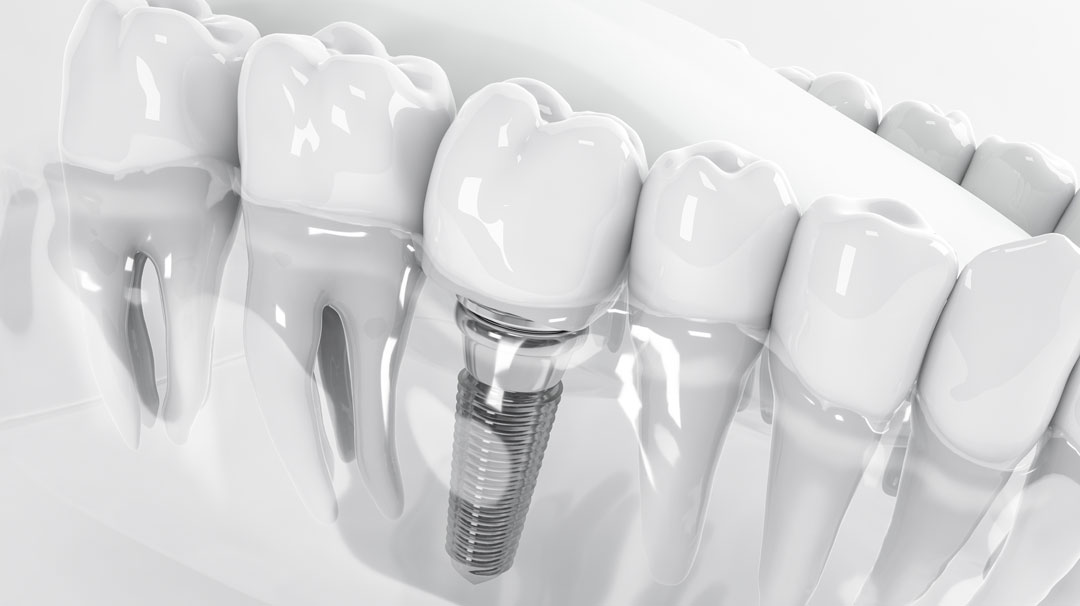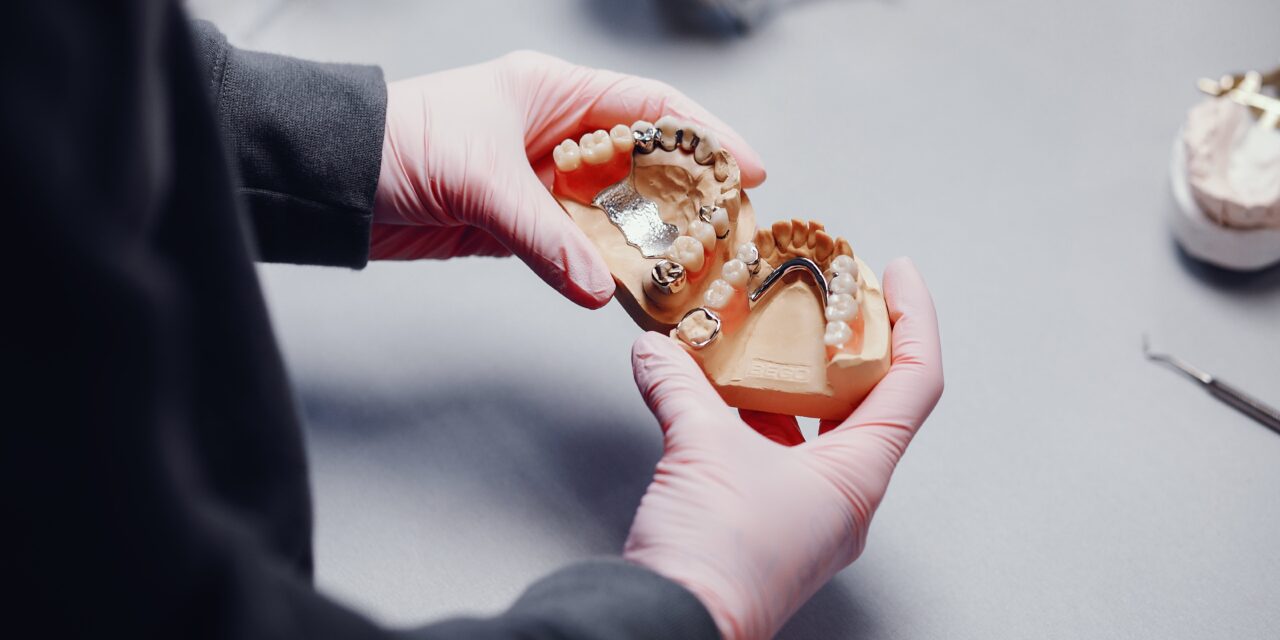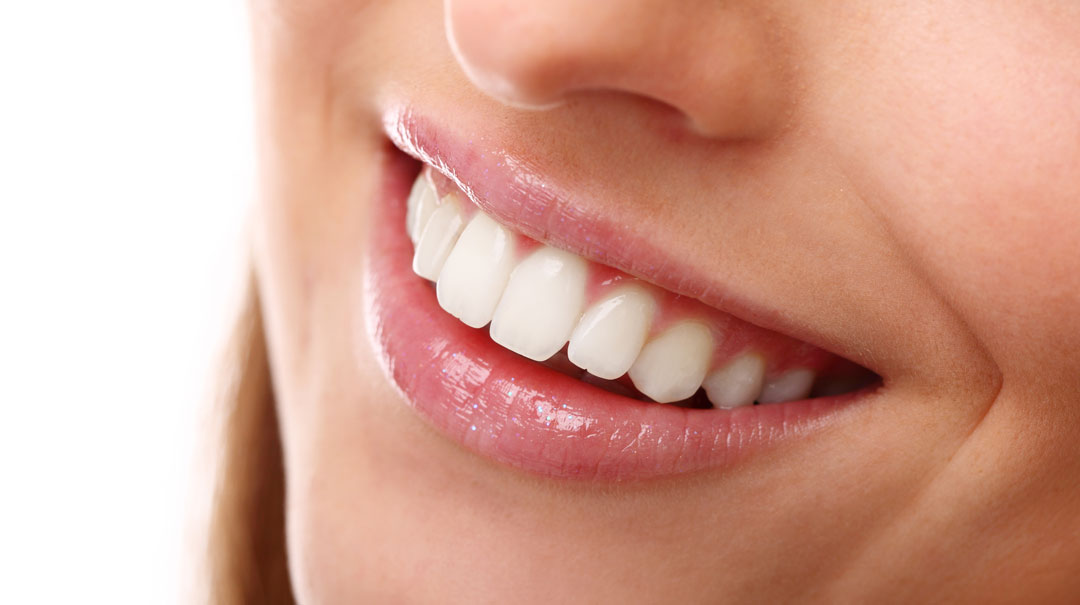
Zirconium treatment is a popular ceramic coating method employed to enhance the appearance of teeth that have lost color, shape, or health over time. Zirconium teeth offer durability, ease of application, and are a long-lasting crown coating option. Zirconium’s highlight translucency sets it apart from other materials. Consequently, distinguishing zirconium-coated teeth from natural ones is challenging. This makes zirconium coating an ideal choice for patients who prioritize cosmetic improvements. Zirconium is among the Earth’s oldest minerals and widely abundant, exhibits compatibility with human bones and tissues. This versatile mineral finds frequent use in demanding medical applications, like artificial joints, due to its durability. In recent years, a majority of our patients have favored zirconium teeth over metal-supported porcelain teeth, driven by both durability and cosmetic appeal. Zirconium crowns offer durability Imagine the daily chewing load on molars. Hence, these teeth must sustain extended wear. Zirconium crown coating excels in enduring this consistent pressure.Thus, zirconium becomes a reliable option for posterior teeth requiring durability. Additionally, the procedure is straightforward. Zirconium’s biocompatibility with teeth eliminates the need for pre-operation preparation. Zirconium crowns demonstrate longevity Numerous studies have evaluated zirconium coatings. A 2017 study published in the globally recognized Journal of Dentistry indicated zirconium crowns’ comparable longevity to metal-based crowns over a 5-year span. Particularly, monolithic zirconium crowns are favored for their lasting performance. Zirconium crowns harmonize with your bone and tissue structure Zirconium coating treatments hold low risk for negative outcomes like inflammation or immune system reactions. Zirconium’s biocompatibility with the human body accounts for this favorable aspect. This is why dentists frequently recommend it to patients. Zirconium treatment is efficient Applying zirconium coating to teeth is notably efficient. Your tooth can be coated on the same day as your appointment and examination. No impressions or laboratory molds are required, thanks to computer-aided design/computer-aided manufacturing (CAD/CAM) technology. Utilizing this method, your dentist uses a tooth milling machine to apply the crown, completing the treatment in a single visit instead of two.










